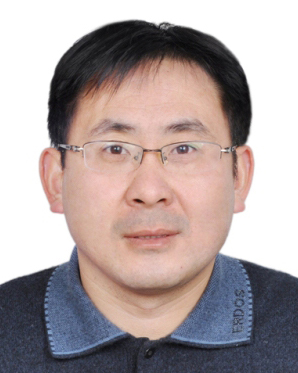

The Photonic Chip and Information System Innovation Center (PCISIC) is dedicated to the research and development of large-scale integrated chips and systems based on photonic and electronic devices and systems. We are interested in optical transceiver chips and systems for data centers, microwave photonic chips and systems, silicon based optical amplifiers and lasers, silicon-based sensors/nonlinear and the application of 2D material on silicon-based devices.
Integrated optical communication
Integrated microwave photonics
Integrated Lidar
Optical computing

Xingjun Wang
He is a Boya Distinguished Professor of Peking University, a doctoral supervisor, a member of the Discipline Review Group of the State Council, a Distinguished Professor of the Major Talent Program of the Ministry of Education of the People's Republic of China, a Fellow of the Optical Society of America, the Vice Dean of the School of Electronics, the Deputy Director of the State Key Laboratory of Regional Optical Fiber Communication Networks and Novel Optical Communication Systems, the Vice President of the Institute of Information and Communication, and the Vice Director of the Nano Opto-electronics Frontier Science Center of the Ministry of Education of China.
Phone Number:010-62767911
Email:xjwang@pku.edu.cn